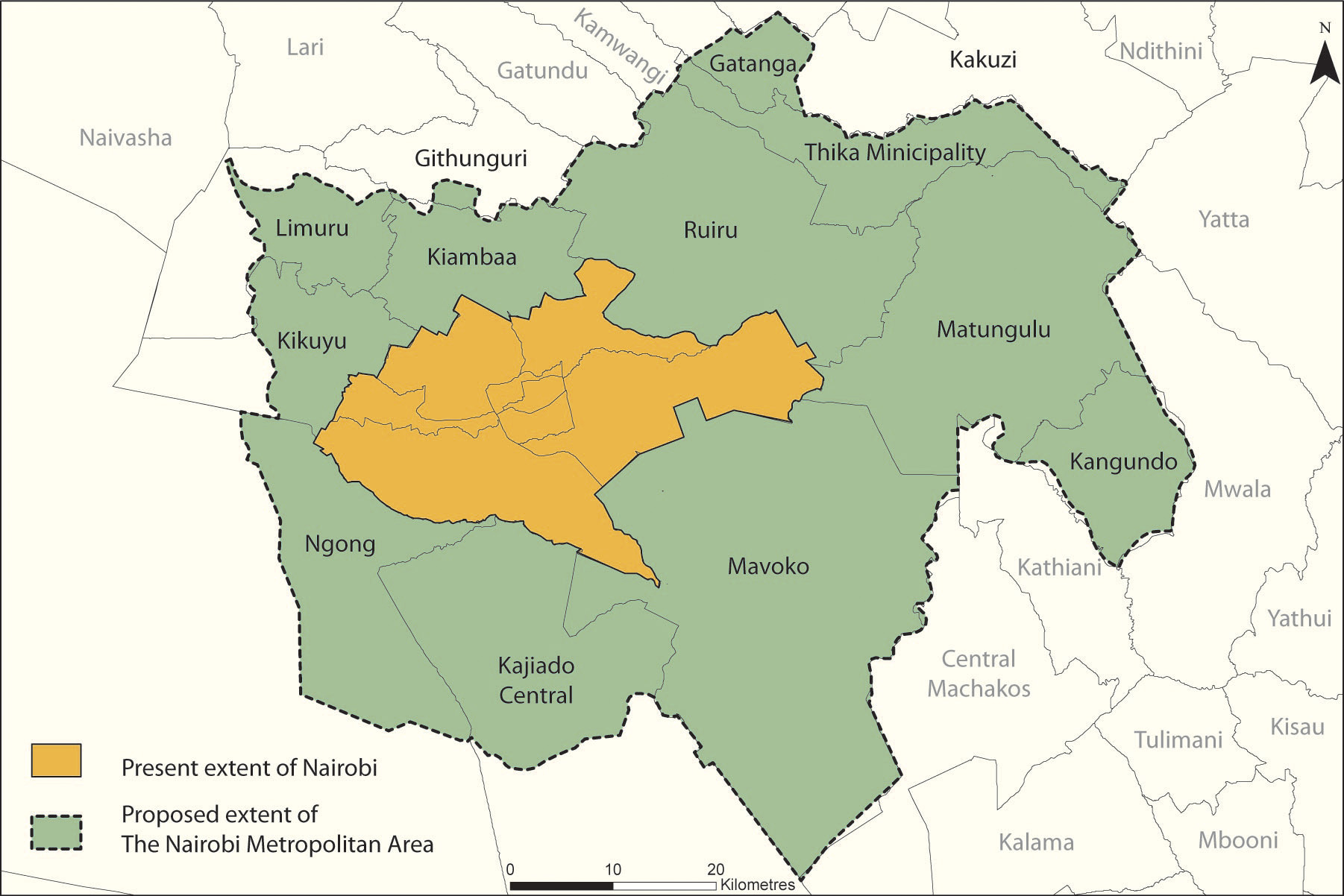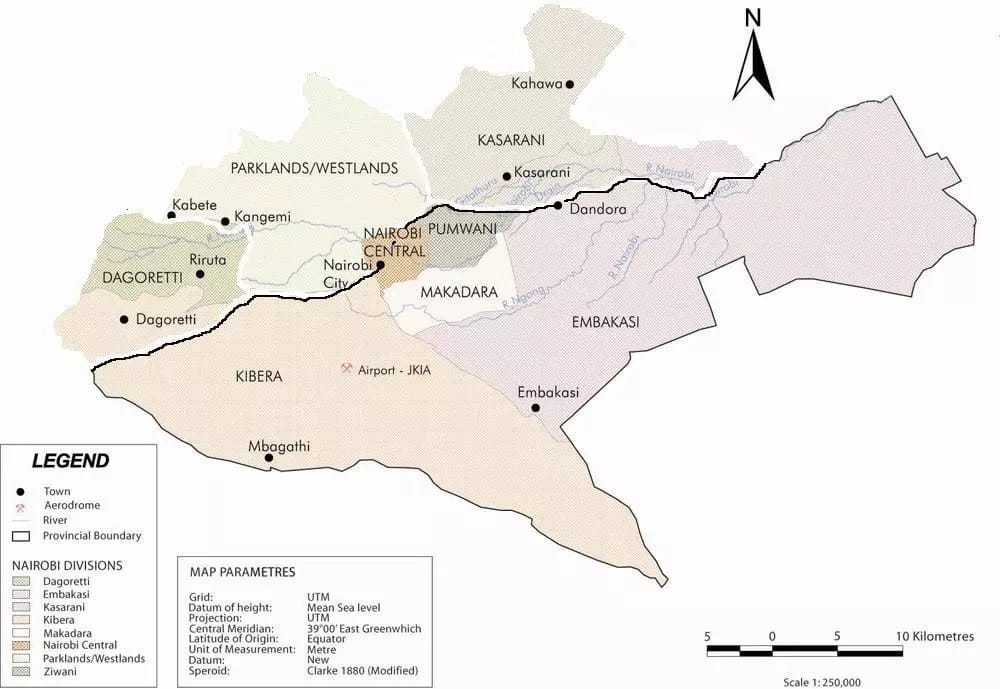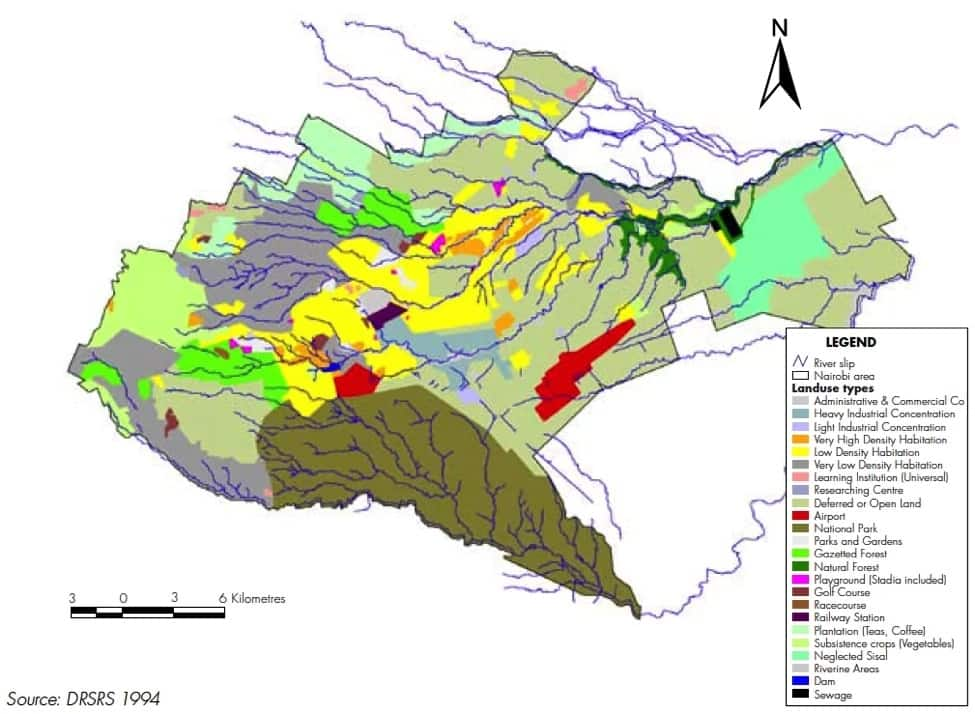Discover Nairobi's Vibrant Districts | Uncover The Heart Of Kenya's Capital
What are the districts of Nairobi?
Nairobi, the capital and largest city of Kenya, is divided into 17 administrative and political units known as sub-counties. These sub-counties are further divided into 85 wards, which are the smallest administrative units in the city.
The sub-counties of Nairobi are:
- Central
- Dagoreti
- Embakasi
- Kamukunji
- Kawangware
- Kibra
- Langata
- Mathare
- Njiru
- Ofafa
- Roysambu
- Ruaraka
- Starehe
- Utawala
- Westlands
Each sub-county is headed by a sub-county administrator, who is appointed by the Nairobi City County Government. The sub-county administrators are responsible for the day-to-day administration of their respective sub-counties.
The districts of Nairobi play an important role in the governance of the city. They provide essential services to residents, such as water, sanitation, and healthcare. The districts also play a role in economic development, as they are home to many businesses and industries.
Nairobi Districts
Nairobi, the capital and largest city of Kenya, is divided into 17 administrative and political units known as sub-counties. These sub-counties are further divided into 85 wards, which are the smallest administrative units in the city.
- Toby Jones
- Elon Musk Father Net Worth
- Jarrod And Brandi Storage Wars
- Andy Griffith The Darlings
- Did Tom Holland Propose
- Governance: The districts of Nairobi play an important role in the governance of the city. They provide essential services to residents, such as water, sanitation, and healthcare.
- Economy: The districts of Nairobi are also important economic centers. They are home to many businesses and industries, and they contribute significantly to the city's GDP.
- Culture: The districts of Nairobi are home to a diverse population, and they reflect the city's rich cultural heritage. Each district has its own unique character and identity.
- History: The districts of Nairobi have a long and fascinating history. They have played a significant role in the development of the city, and they continue to be important centers of activity today.
- Geography: The districts of Nairobi are located in a variety of geographical settings. Some districts are located in the city center, while others are located in the suburbs. Each district has its own unique topography and climate.
- Demographics: The districts of Nairobi are home to a diverse population. The population of each district varies in terms of age, gender, ethnicity, and religion.
The districts of Nairobi are an important part of the city's identity. They provide essential services to residents, they are important economic centers, and they are home to a diverse population. The districts of Nairobi have a long and fascinating history, and they continue to be important centers of activity today.
1. Governance
The districts of Nairobi are the primary providers of essential services to residents, including water, sanitation, and healthcare. This is a critical function, as these services are necessary for the health and well-being of the city's population. Without these services, the city would be a much more difficult place to live.
In addition to providing essential services, the districts of Nairobi also play an important role in the governance of the city. They are responsible for a variety of tasks, including:
- Maintaining public order
- Enforcing laws and regulations
- Providing social services
- Promoting economic development
The districts of Nairobi are an important part of the city's governance structure. They provide essential services to residents and play a key role in maintaining public order and promoting economic development.
Conclusion
The districts of Nairobi are an important part of the city's governance structure. They provide essential services to residents and play a key role in maintaining public order and promoting economic development. Without the districts, the city would be a much more difficult place to live.
2. Economy
The districts of Nairobi are important economic centers for a number of reasons. First, they are home to a large number of businesses and industries. These businesses and industries provide jobs for residents and contribute to the city's GDP. Second, the districts of Nairobi are also home to a number of financial institutions, which provide financial services to businesses and residents. Third, the districts of Nairobi are well-connected to other parts of the country and the world, which makes them attractive locations for businesses and investors.
- Job creation: The districts of Nairobi are home to a large number of businesses and industries, which provide jobs for residents. These jobs are essential for the city's economy, as they provide income for residents and help to stimulate economic growth.
- Contribution to GDP: The businesses and industries located in the districts of Nairobi contribute significantly to the city's GDP. This is because these businesses and industries generate revenue and create wealth for the city.
- Financial services: The districts of Nairobi are also home to a number of financial institutions, which provide financial services to businesses and residents. These financial institutions include banks, credit unions, and insurance companies. They provide essential services such as lending, savings, and insurance, which help to support the city's economy.
- Connectivity: The districts of Nairobi are well-connected to other parts of the country and the world. This is due to the city's strategic location and its excellent infrastructure. This connectivity makes Nairobi an attractive location for businesses and investors, as it allows them to easily access markets and resources.
The economic importance of the districts of Nairobi cannot be overstated. They are essential for the city's economy, as they provide jobs, contribute to GDP, and provide financial services. The districts of Nairobi are also well-connected to other parts of the country and the world, which makes them attractive locations for businesses and investors.
3. Culture
The connection between culture and the districts of Nairobi is undeniable. The city's diverse population has shaped the culture of each district, and each district has its own unique character and identity. This diversity is reflected in the districts' architecture, food, music, and art.
For example, the district of Kibera is home to a large population of Nubians, who have brought their own unique culture to the district. Kibera is known for its vibrant street life, its traditional Nubian cuisine, and its lively music scene. In contrast, the district of Westlands is home to a more affluent population, and its culture reflects this. Westlands is known for its upscale restaurants, its designer boutiques, and its art galleries.
The diversity of Nairobi's districts is one of the city's greatest strengths. It makes Nairobi a vibrant and exciting place to live, and it attracts people from all over the world. The city's culture is constantly evolving, as new people and new ideas arrive. This makes Nairobi a dynamic and ever-changing city, and it ensures that the city's culture will continue to thrive for many years to come.
Conclusion
The connection between culture and the districts of Nairobi is undeniable. The city's diverse population has shaped the culture of each district, and each district has its own unique character and identity. This diversity is one of Nairobi's greatest strengths, and it makes the city a vibrant and exciting place to live.
4. History
The history of Nairobi's districts is closely intertwined with the history of the city itself. The city was founded in 1899 as a railway depot, and it quickly grew into a major commercial and industrial center. The districts of Nairobi played a key role in this growth, as they were home to the city's businesses, industries, and population.
In the early days of Nairobi, the districts were largely segregated along ethnic and racial lines. The European settlers lived in the central districts, while the African population was relegated to the outskirts of the city. However, over time, the districts became more integrated, and today they are home to a diverse population of people from all over Kenya and the world.
The districts of Nairobi have played a significant role in the city's development, and they continue to be important centers of activity today. They are home to the city's businesses, industries, and population, and they play a vital role in the city's economy and culture.
Understanding the history of Nairobi's districts is essential for understanding the city itself. The districts are a reflection of the city's past, present, and future, and they continue to play a vital role in shaping the city's development.
5. Geography
The geography of Nairobi's districts has a significant impact on the city's development and character. The districts located in the city center are more densely populated and have a more urban character, while the districts located in the suburbs are less densely populated and have a more suburban character. The districts also vary in terms of their topography and climate, with some districts being located in hilly areas and others being located in flat areas.
- Location: The location of Nairobi's districts has a significant impact on their development and character. The districts located in the city center are more densely populated and have a more urban character, while the districts located in the suburbs are less densely populated and have a more suburban character.
- Topography: The topography of Nairobi's districts also varies significantly. Some districts are located in hilly areas, while others are located in flat areas. This variation in topography has a significant impact on the development and character of each district.
- Climate: The climate of Nairobi's districts also varies. Some districts are located in areas with a tropical climate, while others are located in areas with a temperate climate. This variation in climate has a significant impact on the development and character of each district.
- Implications: The geography of Nairobi's districts has a significant impact on the city's development and character. The location, topography, and climate of each district influence its development and character, and these factors must be taken into account when planning for the future development of the city.
The geography of Nairobi's districts is a complex and fascinating topic. By understanding the geography of the city, we can better understand its development and character, and we can better plan for its future.
6. Demographics
The demographics of Nairobi's districts are an important factor in understanding the city's development and character. The diversity of the population has a significant impact on the city's economy, culture, and politics.
For example, the district of Kibera is home to a large population of Nubians, who have brought their own unique culture to the district. Kibera is known for its vibrant street life, its traditional Nubian cuisine, and its lively music scene. In contrast, the district of Westlands is home to a more affluent population, and its culture reflects this. Westlands is known for its upscale restaurants, its designer boutiques, and its art galleries.
The diversity of Nairobi's districts is one of the city's greatest strengths. It makes Nairobi a vibrant and exciting place to live, and it attracts people from all over Kenya and the world. The city's culture is constantly evolving, as new people and new ideas arrive. This makes Nairobi a dynamic and ever-changing city, and it ensures that the city's culture will continue to thrive for many years to come.
Understanding the demographics of Nairobi's districts is essential for understanding the city itself. The districts are a reflection of the city's past, present, and future, and they continue to play a vital role in shaping the city's development.
FAQs about Nairobi Districts
This section provides answers to frequently asked questions about the districts of Nairobi. These questions are designed to address common concerns and misconceptions about the districts and provide a better understanding of their role in the city.
Question 1: What are the districts of Nairobi?
Answer: Nairobi is divided into 17 administrative and political units called sub-counties. These sub-counties are further divided into 85 wards, which are the smallest administrative units in the city.
Question 2: What is the role of the districts in Nairobi's governance?
Answer: The districts of Nairobi play a crucial role in the governance of the city. They are responsible for providing essential services to residents, such as water, sanitation, and healthcare. Additionally, the districts play a key role in maintaining public order, enforcing laws and regulations, providing social services, and promoting economic development.
Question 3: What is the economic importance of the districts?
Answer: The districts of Nairobi are important economic centers. They are home to a large number of businesses and industries, which provide jobs for residents and contribute to the city's GDP. Additionally, the districts are home to a number of financial institutions, which provide financial services to businesses and residents.
Question 4: How does culture influence the districts of Nairobi?
Answer: The districts of Nairobi are home to a diverse population, which has shaped the culture of each district. Each district has its own unique character and identity, which is reflected in its architecture, food, music, and art.
Question 5: What is the significance of the districts' history?
Answer: The districts of Nairobi have a long and fascinating history, which has played a significant role in the development of the city. The districts have been home to a variety of people and cultures over the years, and their history is reflected in their architecture, landmarks, and traditions.
Summary
The districts of Nairobi are an important part of the city's fabric. They play a vital role in the city's governance, economy, culture, and history. Understanding the districts is essential for understanding Nairobi itself.
Next Article Section: Nairobi's Districts: A Guide for Visitors
Conclusion
Nairobi's districts are the backbone of the city. They provide essential services to residents, contribute to the city's economy, and are home to a diverse population. The districts have a long and fascinating history, and each district has its own unique character and identity.
Understanding the districts of Nairobi is essential for understanding the city itself. The districts are a reflection of the city's past, present, and future, and they continue to play a vital role in shaping the city's development.
- Christy Ren
- Skeet Ulrich Hzastrs
- Pierce Brosnan Children
- Matthew Perry Brooke Mueller
- Simone Biles Pregnancy

Nairobi Land Use Map

List of districts in Nairobi Tuko.co.ke

List of districts in Nairobi Tuko.co.ke